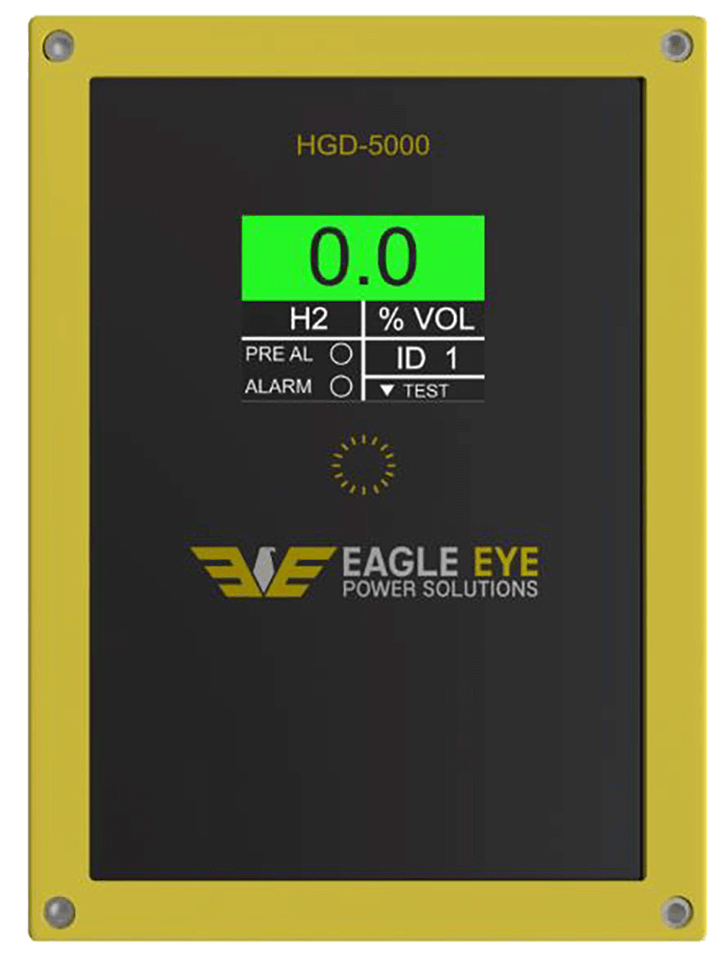After hundreds of site visits, multiple battery systems tests, and the examination of numerous maintenance records, I would say that almost 50 percent of all stationary lead-acid batteries are not being properly charged.
Lead Acid Battery Charging Techniques
Constant-Current Charging: Not generally used for stationary batteries except during the manufacturing process.
Constant-Potential / Constant Voltage Charging: Used in communications, UPS, IT, and utility applications – where the charging circuit is current limited, the voltage is maintained until a predetermined value is reached, and then the voltage is maintained constant. With constant potential charging, the charge current will decrease to a stable value as the battery becomes fully charged.
Constant Voltage Charging Has Two Common Charging Voltage Levels
Float Charge: Used with all stationary lead-acid batteries, this is a low-rate constant-potential charge used to maintain the battery in a fully charged condition.
Equalize Charging: Mainly used with Vented Lead-Acid (VLA) batteries, it’s similar to a boost charge where a voltage higher than the float voltage is applied to a battery to correct voltage or specific gravity (SG) inequalities among battery cells.
Other Types of Charging Methods
Freshening Charge: A charge given to a battery following its nonuse or storage in order to return it to a near maximum state of charge and to mitigate the effects of self-discharge.
Initialization Charge: A charge given to a battery upon installation.
Pulse Charging: Occasionally used for stationary batteries, pulse technology is when a series of voltage or current pulses are applied to a battery.
Intermittent Charge: Mainly used for UPS applications, the battery is charged until a certain voltage is reached and then allowed to discharge to a preset low voltage when the charger is switched on again.
Lead Acid Battery Charging Tips: What to Watch Out For
Properly charging your lead acid batteries will effectively help you avoid common problems associated with the following:
Charge Current Limit: Verify the manufacturer’s specified charging current by taking the Capacity (C) divided by a number – e.g., a 100 Ampere hour (Ah) with a C/5 would be 100/5 = 20 amps.
Charge Voltage Limit: Ensure the load will tolerate the voltage being generated by the charger – e.g., if a 60-cell 120V nominal battery is to be charged at 2.28 volts-per-cell, then the total voltage would be 136.8V.
Voltage Drop: Allow for the ohmic resistance of the cabling from the charger to the battery, which could cause a voltage drop. The float voltage setting should be measured and set at the battery terminals.
Electrolyte Level Monitoring: Before applying an equalize charge ensure that the electrolyte level is not too high and monitor the electrolyte level during an equalize charge as the charge may cause the level to rise.
VRLA Gassing During Equalize: Equalize charging is not normally recommended for VRLA Batteries unless requested by the manufacturer for various reasons. A charge voltage higher than float may cause excessive gassing and lead to dry-out or thermal runaway.
Temperature: Maintain optimum performance by operating the battery at the North American recommended nominal 77° (25°F) temperature, and above or below this temperature norm, compensate the charge voltage appropriately to prevent the battery being under or over charged.
Following the techniques in this article will help you avoid typical battery charging pitfalls, preserving the life and integrity of your lead acid battery, and saving the time and cost associated with battery maintenance and replacement.
For more in depth information on battery charging, see the white paper “The Proper Charging of Stationary Lead-Acid Batteries.”
Need a Copy of What You Just Read?
Download the PDF version of this tech note for future reference.

